#Sei Shōnagon
Text
Cats should be completely black except for the belly, which should be very white.
— Sei Shōnagon, from Pillow Book
452 notes
·
View notes
Text

A list of elegant things according to Sei Shōnagon, a 10th century Japanese court lady
24 notes
·
View notes
Text
Entonces se va. La dama lo ve irse y este momento de la despedida será uno de sus más preciosos recuerdos.
En verdad, el amor que se siente por un hombre depende en buena parte de sus despedidas.
—Sei Shōnagon, El libro de la almohada. Selección y traducción de Jorge Luis Borges y María Kodama.
14 notes
·
View notes
Text

Sei Shōnagon, The Pillow Book, on men.
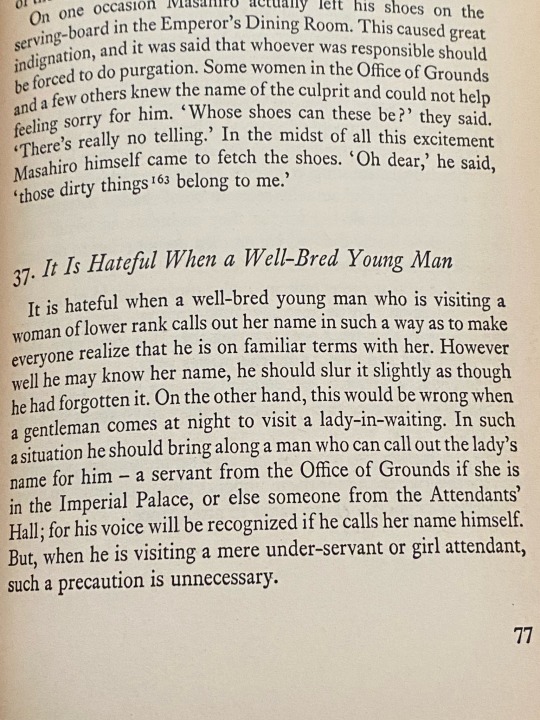
10 notes
·
View notes
Photo

#Sei Shounagon to Moushimasu#Sei Shōnagon to Moushimasu#Kiyohara Nagiko#Sei Shounagon#Sei Shōnagon#Peach Pit#Kodansha#Be Love#Volume Cover
14 notes
·
View notes
Text
sei shōnagon being the heian period equivalent of an instagram influencer was not a take I was expecting to encounter today but I suppose it makes sense in a way?? sort of???
anyways I love studying japanese literature despite the trauma of having to memorize the first couple parts of makura no sōshi back in elementary school
#sei shōnagon#japanese literature#miwa rambles at the void known as the internet#the internet has ruined me because in the same discussion we were talking about dazai osamu's ningen shikkaku#and all i could think about was that audio from bungo stray dogs#which was playing on repeat in my head
1 note
·
View note
Text
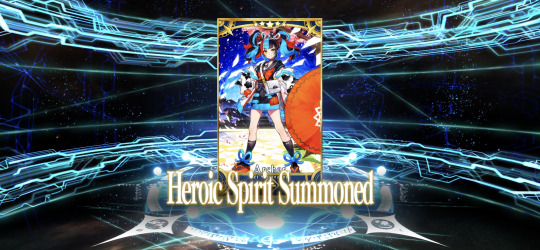


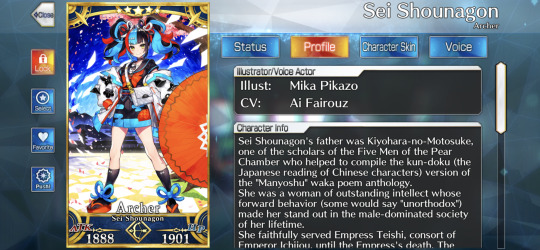
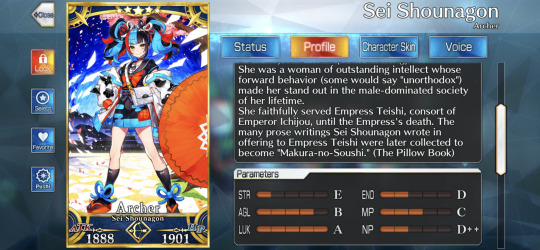



😍 Summoned Sei Shounagon (Archer)! 😊
#Fate Grand Order#Fate GO#FGO#Archer#Sei Shounagon (Archer)#Sei Shounagon#Sei Shounagon Archer#アーチャー#Nagiko#諾子#Sei Shōnagon#Sei Shōnagon (Archer)#Sei Shōnagon Archer#Fate/Grand Order#Fate Grand Order Sei Shounagon#Fate Grand Order Sei Shōnagon#Archer-class#Archer Class#Heroic Spirit#Fate/Grand Order Cosmos in the Lostbelt#Sparkling Archer#Glittering Archer#キラキラのアーチャ#清少納言#FGO USA#F/GO#wagasa#Japanese umbrella#和傘#Makura-no-Soushi
2 notes
·
View notes
Text
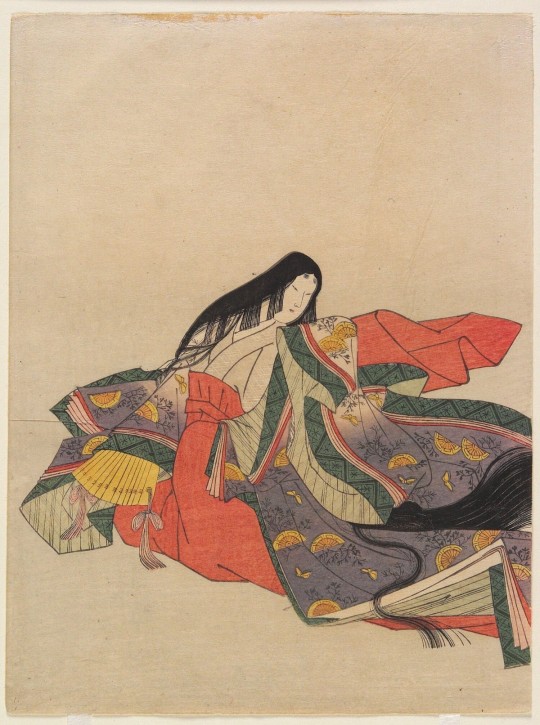
In life, there are two things that are dependable. The pleasures of the flesh and the pleasures of literature.”
Sei Shōnagon
8 notes
·
View notes
Text
"Though you bid me come, how can I leave these dew-wet lotus leaves and return to a world so full of grief?"
— Sei Shōnagon, The Pillow Book
1 note
·
View note
Text
Indeed, one's attachment to a man depends largely on the elegance of his leave-taking.
0 notes
Photo

The Pillow Book by Sei Shōnagon, translated by Meredith McKinney - 4/5
I don’t often read multiple translations of a work back to back, but Arthur Waley’s “translation” of The Pillow Book was so unsatisfying, racist, and misogynist that it made me want to immediately check out a more faithful one. Fortunately, Meredith McKinney has translated it in its entirety, an infinitely more faithful rendition. This is apparent in the introductions: Waley says “I have translated about a quarter of The Pillow Book. Omissions have been made only where the original was dull, unintelligible, repetitive…” whereas McKinney treats the source material with appropriate respect. Waley’s comment is all the more baffling, because those lists and mundane musings that he evidently found boring were actually my favorite part.
There’s a lot of information in this book, and you could read it in any order. I read it straight through, because it was a library copy that eventually I will have to return, but I am entertaining buying one for myself because it really is a book of infinite depth. There are hundreds of pages of footnotes, maps, diagrams, even a glossary explaining how each color was dyed. McKinney provides enough information to completely delve into this world, unlike Waley who mostly focused on the political aspect. But this work is truly great because the information isn’t necessary for understanding the clear translation. You feel like you’re there in Heian Japan from the primary text alone. I would not have finished this book if I chose to read every footnote, so I decided to focus more on Shōnagon’s musings on nature and comedic ramblings, instead of trying to fully understand every literary allusion and every romantic subplot. But if you want to delve into that, the information is there, and that’s what’s so beautiful about The Pillow Book.
When studying history, we rarely think about relatability, even though everyone who has ever lived has had a complex internal life the same as we do. What’s different about Sei Shōnagon is that she was able to express it. Back then, Chinese was like Latin was used in medieval Europe, so it was a scholarly language used by mostly men. Only women were permitted to write in the vulgate Japanese. So despite the Heian era being a misogynist time period, most of the literature we remember today was written by women, because they were actually writing in their native tongue and were thus more able to explain these complex inner narratives. Her voice reminds me of Jane Austen; propriety is the water she swims in but because of this she’s able to make fun of it. For example, Shōnagon writes “I hate it when, either at home or at the palace, someone comes calling whom you’d rather not see and you pretend to be asleep, but then a well-meaning member of the household comes along and shakes you awake with a look of disapproval at how you’ve dozed off.” It reminds you that you’re studying real people and not just historical events on a macro scale. Which brings me to this: I recommend this book to any aspiring sci-fi or fantasy writer struggling with worldbuilding, because I’ve never before read something so dense with detail about a time period that’s completely foreign to me. Pay attention to what Shōnagon explains to the reader and what she takes for granted about her world.
1 note
·
View note
Text
Things That Cannot Be Compared.
Summer and winter. Night and day. Rain and sunshine. Youth and age. A person’s laughter and his anger. Black and white. Love and hatred. The little indigo plant and the great philodendron. Rain and mist.
When one has stopped loving somebody, one feels that he has become someone else, even though he is still the same person.
— Sei Shōnagon, from Pillow Book
34 notes
·
View notes
Text
In the winter, when it is very cold and one lies buried under the bedclothes listening to one's lover's endearments, it is delightful to hear the booming of a temple gong, which seems to come from the bottom of a deep well. The first cry of the birds, whose beaks are still tucked under their wings, is also strange and muffled.
From the diary of Sei Shōnagon (10th c. Japan)
13 notes
·
View notes
Text

SO true bestie <3
(this is from the pillow book section 35, written by sei shōnagon and translated by meredith mckinney)
#the trashcan speaks#i love sei shōnagon shes so.#here is my list of ponds accompanied by bitchy remarks...
24 notes
·
View notes
Text

Sei shonagon, now colored :)
#digital art#digital fanart#myart#fanart#art#fate#fgo fate grand order#fgo art#fgo fanart#sei fgo#sei shonagon#sei shōnagon fgo#my lvl.100 archer
8 notes
·
View notes
